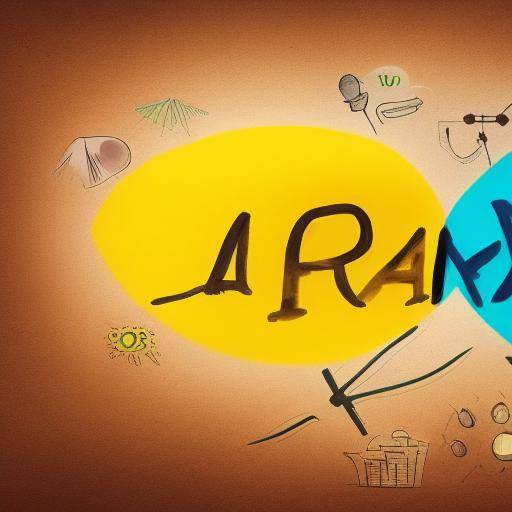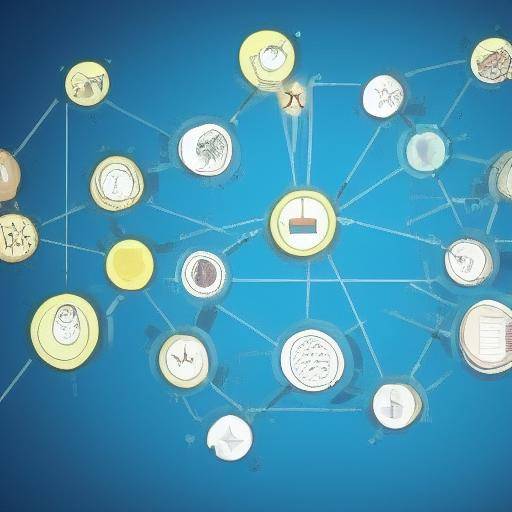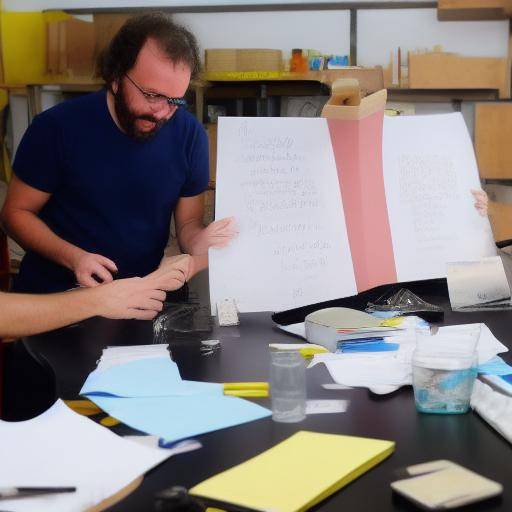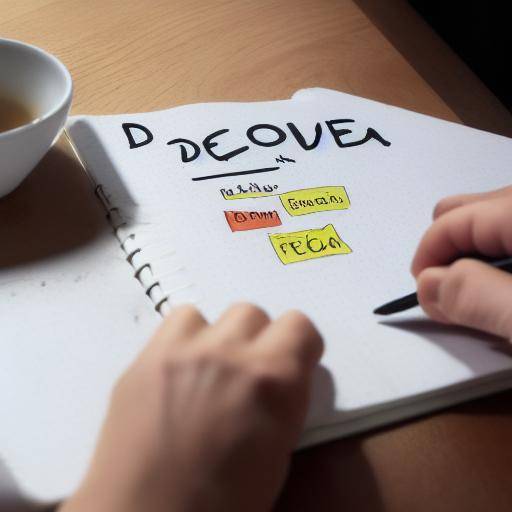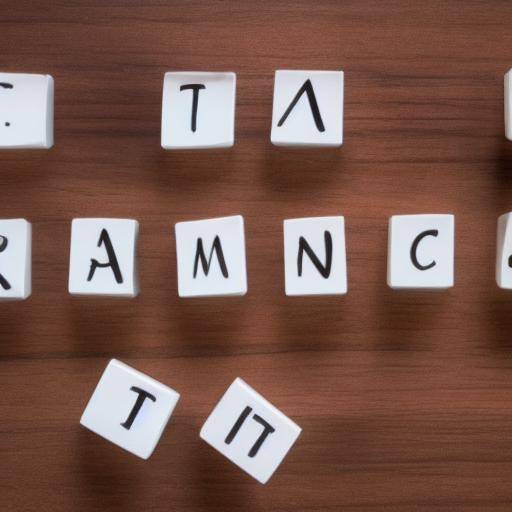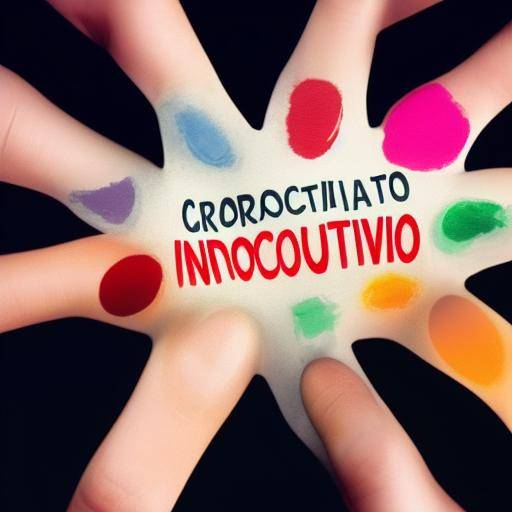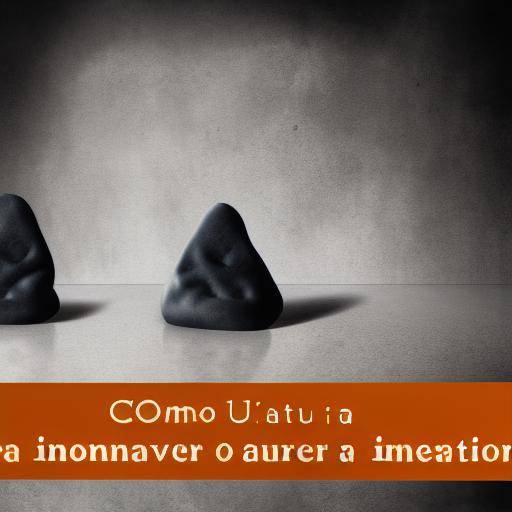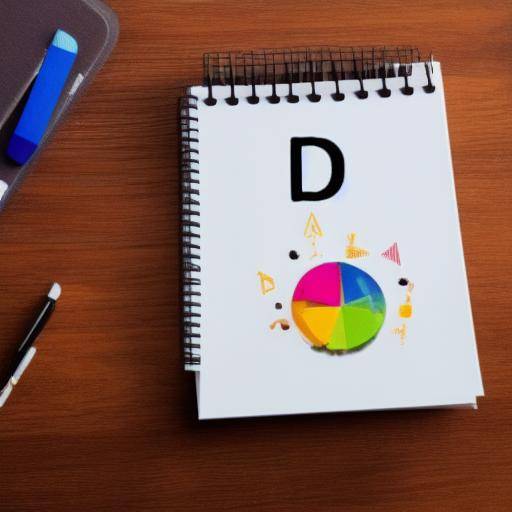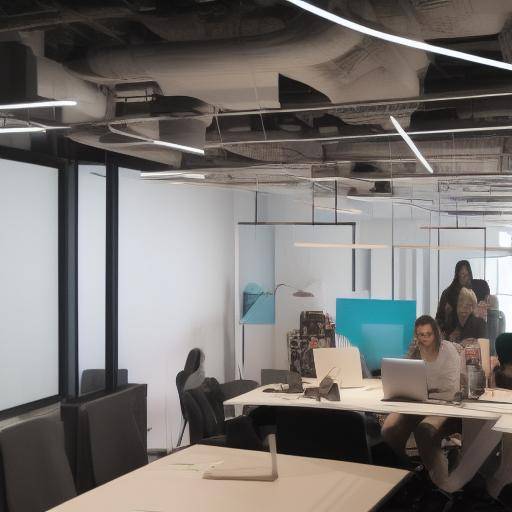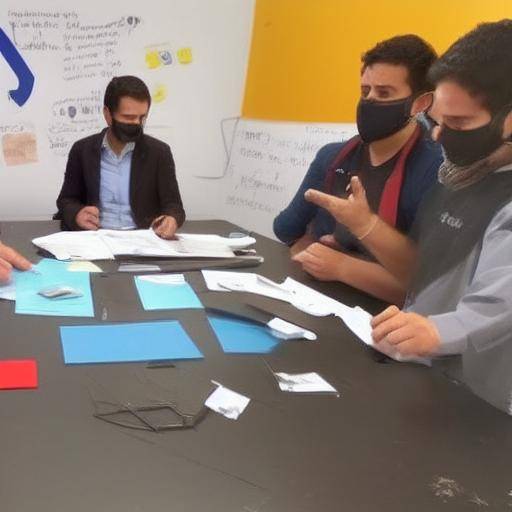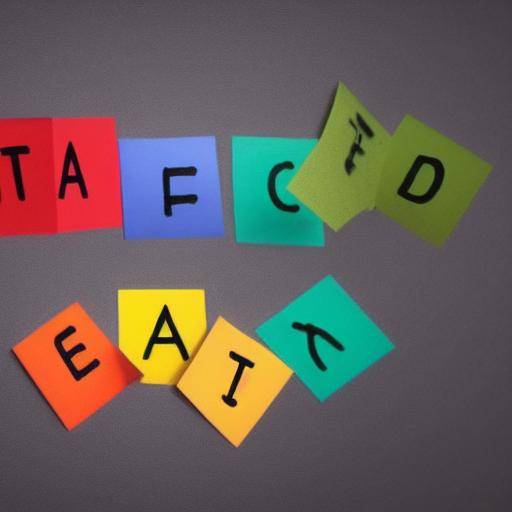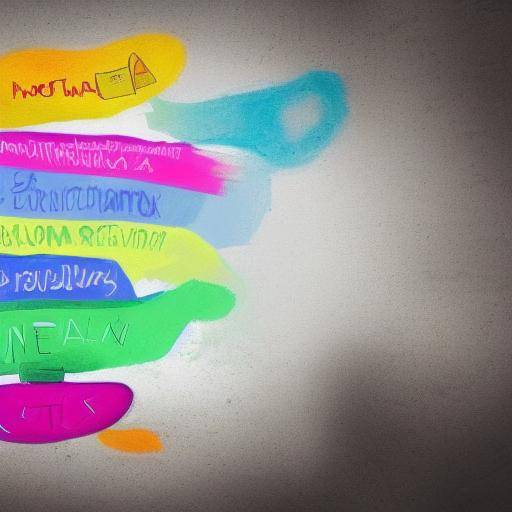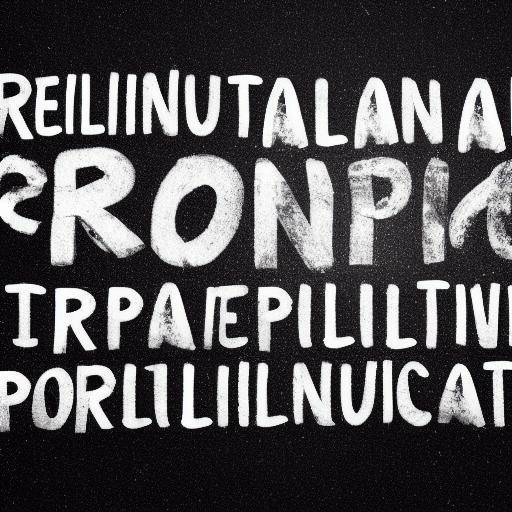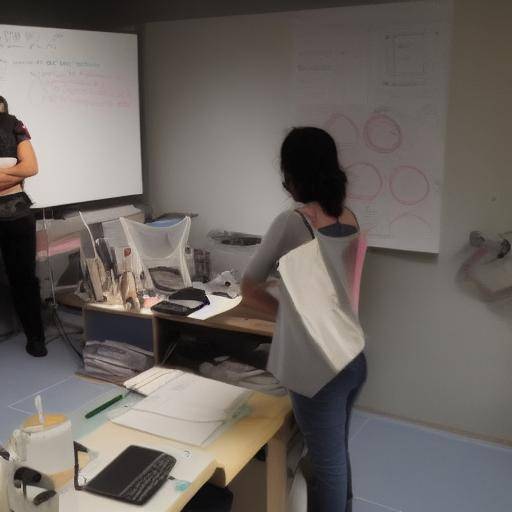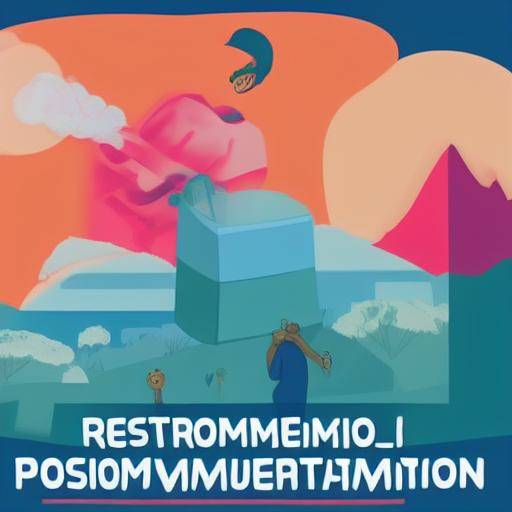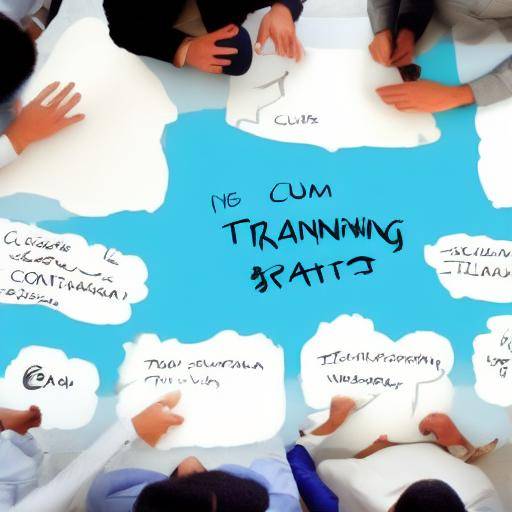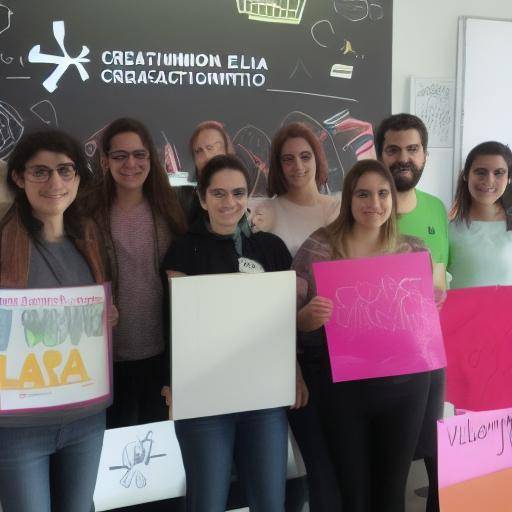
In today's world, creativity and the generation of ideas play a crucial role in the success of companies and in solving problems. A valuable technique to enhance creativity is the free association, which can be used in brainstorming processes to generate innovative ideas and creative solutions. In this article, we will explore in detail what is the free association, its history, applications, benefits, challenges, and offer practical advice to effectively use this technique in the process of generating ideas. In addition, we will analyze how free association relates to creativity and the generation of ideas, and provide information on future trends in this area.
Introduction
The process of generating ideas is fundamental to innovation and progress in any field. The brainstorming, or brainstorming, is a commonly used tool to generate ideas, explore solutions and foster creativity in groups. Free association, a technique developed by Sigmund Freud for psychotherapy, has proven to be a powerful tool to enhance the generation of ideas in the business and creative sphere. Through free association, you can access ideas that might otherwise not have arisen, allowing a deep exploration of seemingly unrelated concepts and associations.
History and Background
The technique of free association has its roots in psychoanalysis, where Freud developed the method as a way to explore the unconscious and unravel repressed thoughts. As psychology evolved, free association became a tool used in various disciplines, including advertising, design, problem solving and creativity in general. Over time, free association has become a widely adopted technique for generating ideas in business and creative environments.
The process of free association is based on the idea of allowing the mind to wander freely, without restrictions or filters. By removing self-imposed barriers, creativity is freed and new ways of thinking are opened. In a brainstorming environment, the free association is especially effective, as it allows participants to explore unexpected connections and discover innovative solutions.
Analysis in Deep
The free association offers numerous benefits in the brainstorming process. By allowing ideas to flow without censorship, originality and creativity are encouraged. In addition, the technique can help overcome mental blockades and trigger unexpected partnerships, which can lead to the generation of truly innovative and uncommon ideas. However, free association also presents challenges, as unlimited freedom of thought can be overwhelming or chaotic if it is not effectively managed.
The practical application of the free association in the brainstorming involves establishing an enabling environment for free expression, promoting the active participation of team members and using facilitation techniques to guide the process effectively. With current technology, the free association has spread to virtual environments, allowing remote participation and global collaboration in brainstorming processes.
Comprehensive review
Free partnership can be applied in various ways in the process of generating ideas, from exploring new marketing strategies to developing innovative products. Some companies have adopted free association as an integral part of their business culture, fostering creativity at all levels of the organization. In addition, free association has proved to be effective in solving complex problems, especially those that require an unconventional approach.
As the importance of creativity and innovation continues to grow in the business environment, free association is expected to play a crucial role in developing disruptive ideas and creative solutions. By fully understanding how to effectively use this technique, the organizations can enhance their ability to generate innovative ideas and stay at the forefront of their respective industries.
Comparative analysis
Free association, creativity and the generation of ideas are closely related, but each has its distinctive characteristics. While creativity is the ability to generate original and valuable ideas, the generation of ideas is the specific process of producing concrete concepts or solutions. Free association, for its part, is a specific technique that fosters creativity and the generation of ideas by allowing thought to flow unrestricted.
Despite their differences, these areas complement each other, as creativity is fundamental to the generation of effective ideas, while free association provides a framework for enhancing creativity in the brainstorming process. Understanding how these areas intertwine and strengthen each other is crucial to maximizing the effectiveness of ideas generation efforts in a business environment.
Practical Tips and Accessible Recommendations
To effectively use the brainstorming free association technique, it is essential to establish an enabling environment for free expression. Some practical tips include:
- Create an atmosphere of openness and trust, where all team members feel comfortable sharing their thoughts without fear of judgment.
- Establish clear rules for the process of free association, such as avoiding self-censorship and giving space to all ideas, even the seemingly insane.
- Promote the diversity of thought and experiences, as different perspectives can enrich the process of free association.
- Use effective facilitation techniques, such as the use of keyword cards, mental maps, or guided ideas rains, to maintain focus and productivity.
Industry Perspectives and Expert Reviews
Leaders and experts in innovation and creativity recognize the importance of free association in the process of generating ideas. Some leading companies have integrated free association as part of their innovation strategies, resulting in the development of revolutionary products and innovative solutions. In addition, experts in cognitive psychology and creativity highlight the fundamental role of freedom of thought in the process of generating ideas, noting that free association can unlock new perspectives and approaches that otherwise might have gone unnoticed.
Case Studies and Practical Applications
Several case studies illustrate the successful application of the free association in business environments, from technology companies to advertising agencies. For example, the technology giant Google has used free association as part of its innovative product development approach, fostering creativity and experimentation in its business culture. Also, renowned advertising agencies have used the free association to generate creative and captivating advertising campaigns that have had a significant impact on their audiences.
Future Trends and Predictions
As the era of innovation and disruption continues to evolve, free association is expected to play an increasingly crucial role in the process of generating ideas. With the advancement of artificial intelligence and global collaboration, the application of free association in virtual and remote environments will expand, allowing distributed teams to work together effectively to develop innovative ideas. In addition, free association is expected to be adopted by a wide range of industries, from technology to health, to enhance creativity and innovation in solving complex problems.
Conclusions and FAQs
In short, the free association technique is a powerful tool to enhance creativity and the generation of ideas in the brainstorming process. By allowing thought to flow freely and without restrictions, free association triggers unlimited possibilities of exploration and discovery, fostering the production of innovative ideas and creative solutions.
Frequently asked questions
1. What is the difference between free association, creativity and generation of ideas?
Free association is a specific technique that promotes the free expression of uncensored thoughts, while creativity is the ability to generate original and valuable ideas. Meanwhile, the generation of ideas refers to the process of producing concrete concepts or solutions.
2. How can I implement free association in a remote working environment?
To implement free association in a remote working environment, it is essential to use online collaborative tools, establish clear rules for the free association process and encourage active participation through video conferencing and communication platforms.
3. What are the common challenges when using the free association in brainstorming?
Some common challenges include time management to ensure that all ideas are explored, the management of diversity of opinions and the effective management of team members' participation.
4. Is free association applicable to all industries?
Yes, free association is a versatile technique that can be applied in a wide range of industries, from technology to fashion, to enhance creativity and the generation of innovative ideas.
5. What is the role of free association in solving business problems?
Free partnership can play a crucial role in solving business problems by fostering the exploration of non-conventional approaches and generating creative and disruptive solutions.
6. What is the long-term impact of free association on business culture?
The effective implementation of free association can transform business culture by fostering creativity, experimentation and innovation at all levels of the organization, which can lead to a significant impact on the development of products, services and business strategies.
In conclusion, the free association technique is an invaluable tool to enhance creativity and the generation of ideas in the brainstorming process. By understanding their history, benefits, challenges, applications and connections with creativity and the generation of ideas, professionals can make the most of this technique to boost innovation and business success. With the continuous evolution of creativity and the constant search for innovative solutions, free association is positioned as a key tool for progress in various fields.



